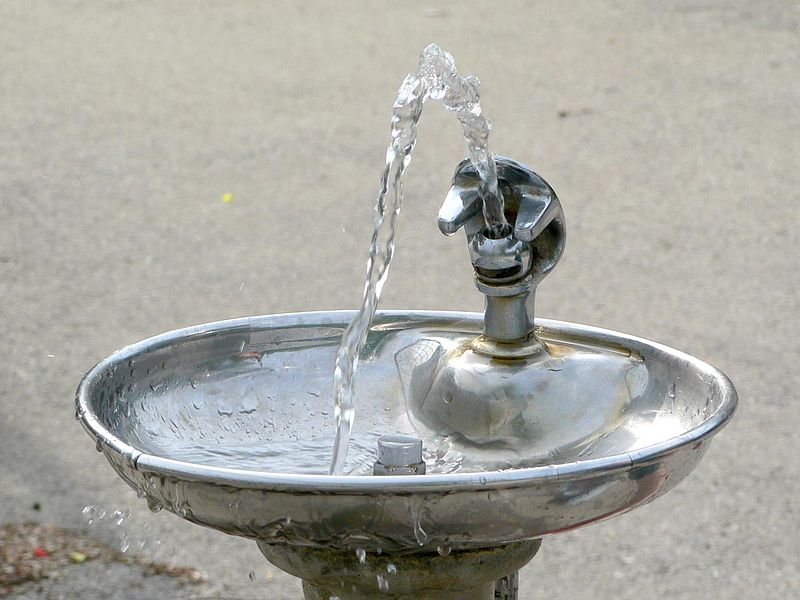Wareham Public Schools water tests high for lead
Drinking water at Wareham Public Schools was found to have higher levels of lead and copper than state standards allow, school officials announced on Friday.
The Wareham tests, which were done in December, revealed that copper or lead levels in nearly a quarter of the 200 fixtures tested exceeded the state’s benchmark for corrective action. After flushing the system, a majority of fixtures were retested and six showed copper and lead levels above the state recommended level, according to officials.
According to the EPA and Centers for Disease Control, there is no known safe level of lead in a child's blood. Lead exposure is particularly dangerous to pregnant women and children. It can cause nerve damage, learning disabilities, hearing and behavioral problems and premature births. Excess levels of copper can also have adverse health effects.
School officials said copper and lead are leaching into the system due to plumbing fixtures, not the water source. Administrators have already notified parents and taken immediate action to address the issue.
“Where copper and/or lead has been found at unacceptable levels, the taps have either been disconnected, are being flushed for five minutes before school every day or prominent signage is in place to show the water is not for drinking,” according to a press release.
More than 200 water sources were tested throughout the district as Wareham Public Schools participated in the State Assistance Program for Lead in School Drinking Water.
The program received $2 million from the Massachusetts Clean Water Trust in April 2016 to help schools test for lead and copper in drinking water. The funds, used by the Massachusetts Department of Environmental Protection, provided technical assistance to ensure that public school districts can sample the taps and water fountains in their schools.
“It’s not just a Wareham issue,” said Wareham Public School Business Manager Michael MacMillan. “This is an issue for schools throughout the state.”
As of Jan. 20, the Executive Office of Energy and Environmental Affairs reported that 383 schools throughout the state had tested positive for excessive levels of lead and copper.
MacMillan said while the state paid for this round of testing, he’s unsure if money will be available in the future. Whether or not that’s the case, he noted that school officials plan to test the faucets and fountains frequently used for drinking water on a regular basis.
“We tested 218 fixtures. People aren’t drinking from all 218 of those faucets. If we can limit the tests to taps regularly used and bubblers we can test those more frequently, because those are the ones people are actually drinking from,” said MacMillan.
MacMillan said he was unsure when the district last tested water for lead and copper levels.














